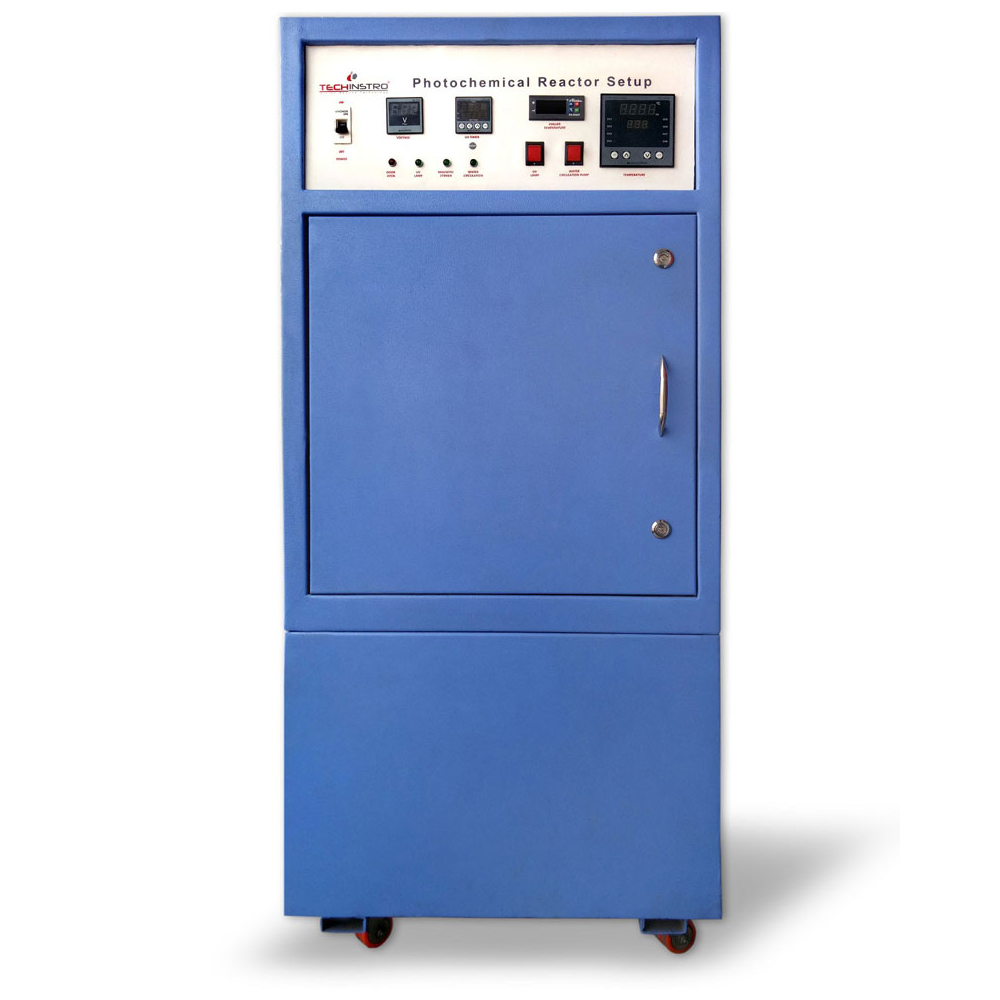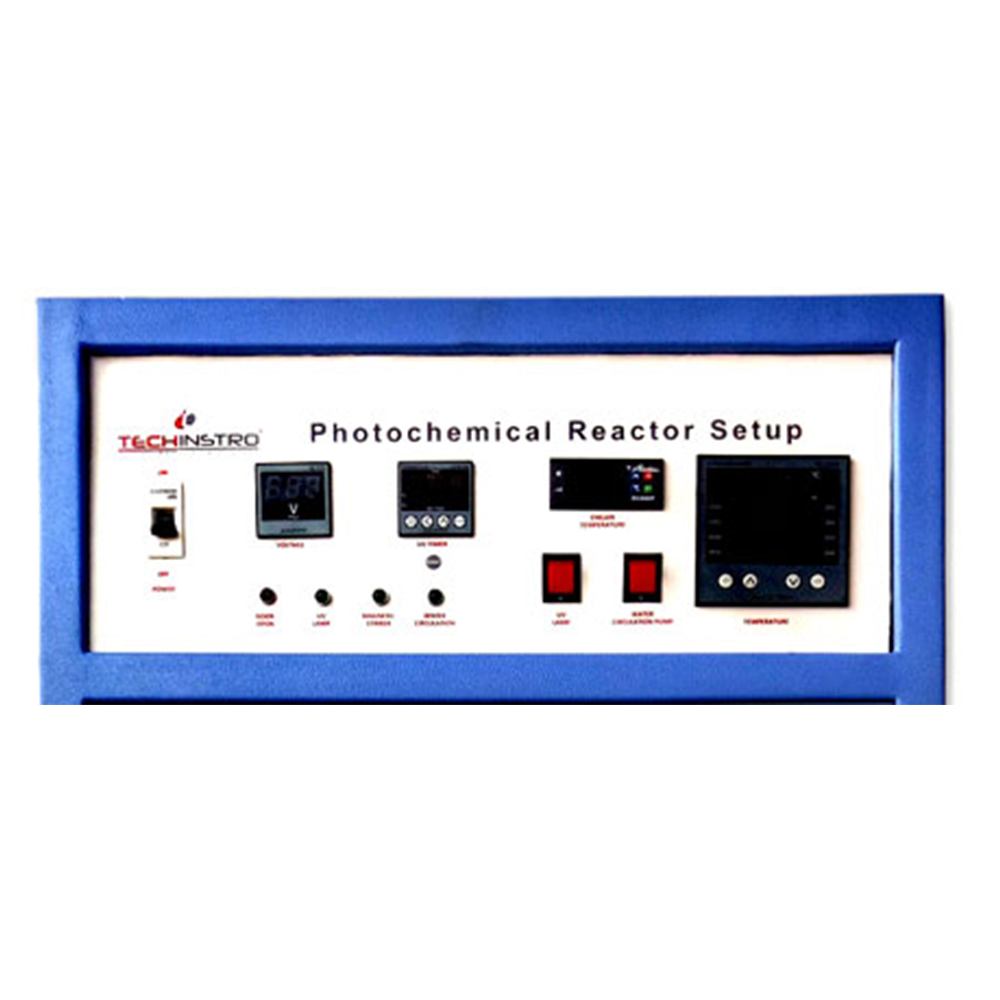Photocatalytic Reactor
Photocatalytic Reactor
Photocatalysis reaction is a photochemical reaction caused by absorption of a photon in a solid. This material referred as the ‘photocatalyst,’ which remains unchanged throughout the reaction. The photocatalytic reactor regularly used in R&D, educational institutes, industries and other such places. It mostly used for degrading the contaminants in aqueous solutions, manufacturing of Aflatoxin and enhanced detection. It also used for contaminant removal from the air, wastewater treatment, and water splitting.
Functions and Mechanism
A photocatalytic reactor works to oxidize liquid hydrocarbons and inducing carbon dioxide into precious hydrocarbons. These reactors have successfully applied in the laboratories, both professional and educational (research & development) and health science or pharmaceutical industries. The reactors make it easy to note the effect of different criteria in the photocatalytic reactions, including temperature, pH, catalyst loading process and the photoreaction kinetics of various compounds under different light intensities.
Specifications
An ideal photocatalytic reactor is available in various specifications. The unit consists of many components. The double jacketed quartz immersion well and outer jacket of borosilicate vessel with Tecilon connections, UV or Xenon lamp, lamp power supply or step down transformer, Safety cabinet with control panel, Magnetic stirrer, Chiller for water circulation and UV protected safety goggles. A catalyst and UV light provided as per the individual needs.
This reactor is also known as the photochemical reactor or UV photoreactor. Many advances have made in photocatalytic technology due to use of advanced and efficient systems from renowned photocatalytic suppliers and manufacturers. We customized these Photocatalytic reactors from cost effective Lab scale to pilot plant scale systems and adds numerous customized accessories as well as design alterations based on the individual client’s needs and requirements.
Applications Photocatalytic Reactor
• Studying decomposition of gaseous organic contaminants
• Photocatalytic study of degradation of AZO dyes
• Degradation of Chlorophenol in water
• Decomposing of organic contaminants in water effectively
• Examining UV degradation for various chemicals
• Water purification/treatment
• Degrading the anionic and cationic dyes in industrial wastewater
• Removing toxic metals from industrial effluents
• Decomposing of seawater-soluble crude-oil fractions


